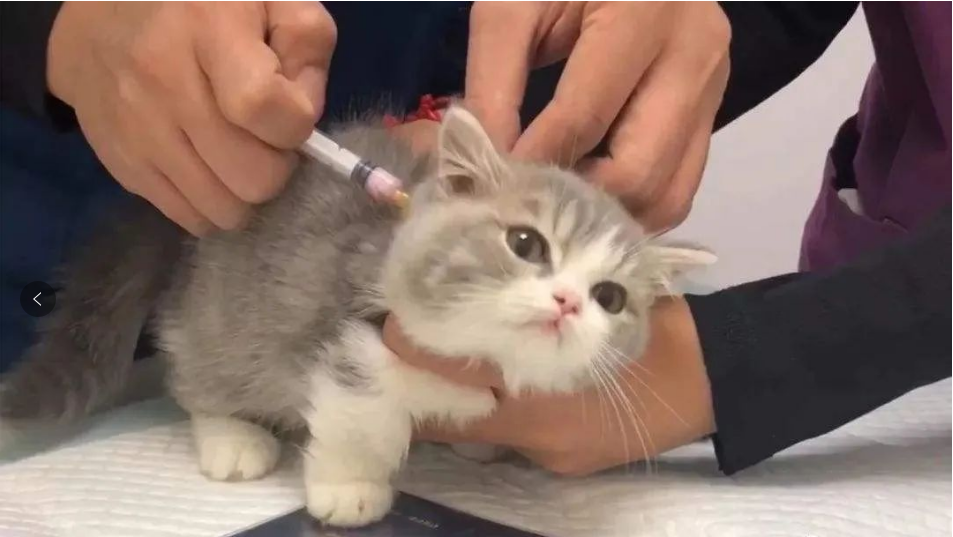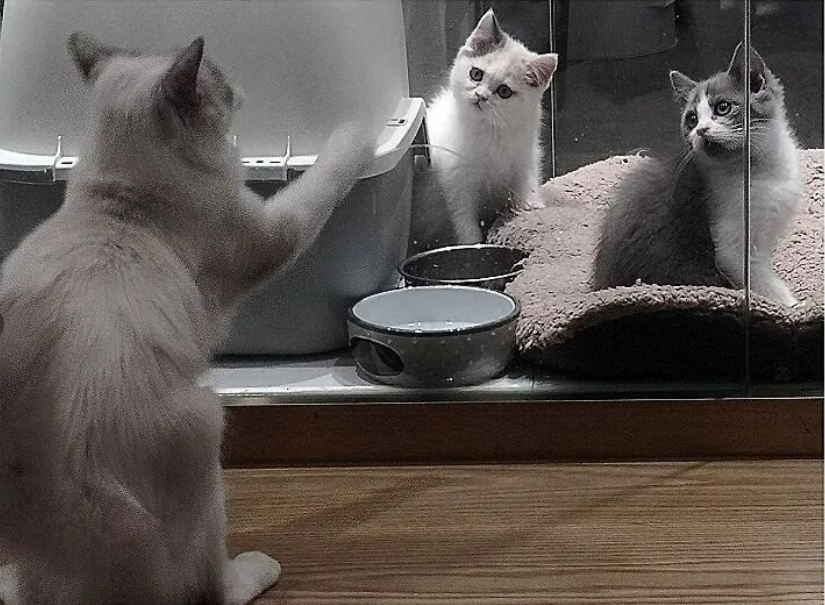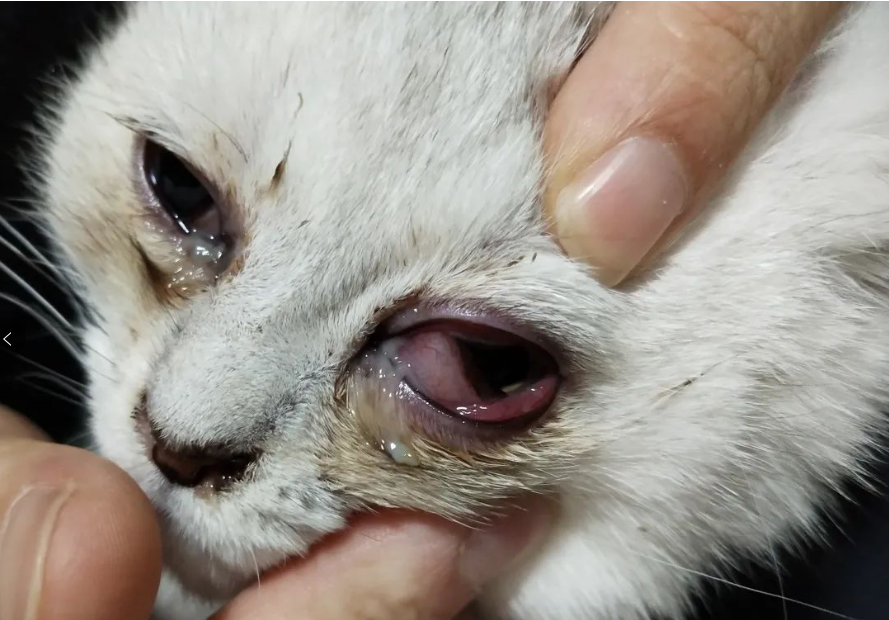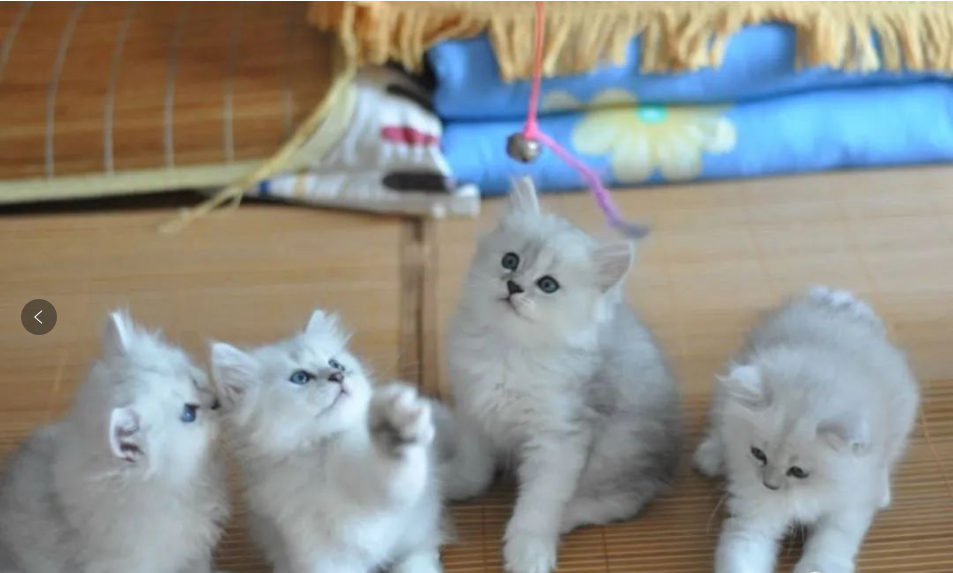There are aborigines who need to be isolated
In the last issue, we introduced the aspects that the kittens need to be prepared before taking home, including cat litter, cat toilet, cat food, and ways to avoid cat stress. In this issue, we focus on the diseases that cats may encounter when they arrive home, observation methods, and preparation.
If the kitten you take home is the first cat in the family, there may be few situations, but if there are other cats in the family, you may need to worry about the problem of mutual infection. The kittens brought back from outside are very likely to have infectious diseases because they are not taken care of by themselves. The incidence rate of serious feline plague is about 5%, and the incidence rate of cat nasal branch is close to 40%. Some friends think that their big cats have been vaccinated and ignoring this may cause great losses.
The three vaccines for cats are generally aimed at cat plague, cat nasal branch and cat cup, but the prevention effect of the other two vaccines is very weak except for cat plague, so even if there is antibody in the vaccine, there is still a probability of infection and morbidity. In addition to the virus brought by the new cat, there is another possibility that the aborigines carry the virus but do not get sick. For example, the cat nose branch or cat calicivirus may still be detoxified for 2-6 months after the cat recovers or produces antibodies, just because it has strong resistance and does not show any symptoms. If the new cats stay with the aborigines too early, they are likely to infect each other. Therefore, it is important to isolate them for 15 days to ensure health and avoid stress reactions. Only let them hear each other’s voices and not meet each other.
Vomiting diarrhea and cat nasal branch
The most common disease symptoms of kittens after taking them home are diarrhea, vomiting, fever, thick tears, and runny nose. The main diseases corresponding to these symptoms are gastroenteritis, cat plague, cat nasal branch, cat cup, and cold. In the last issue, we suggested that pet owners buy at least one set of cat plague+cat nose test paper in advance. Such test paper is convenient for testing at 30 yuan per piece. The price of a separate test in the hospital is more than 100 yuan, regardless of the probability of infectious diseases on the road and in the hospital.
The most common disease symptoms of kittens taken home are soft stool, diarrhea and vomiting, which are also the most difficult to determine the cause. These symptoms may be caused by eating unaccustomed food, eating too much food, gastroenteritis caused by bacteria in unclean food, or tension. Of course, cat plague is the most serious. First of all, we need to observe whether its spirit is good, whether it still has appetite and wants to eat, and whether there is blood in stool diarrhea. If the above three are not good, and there is no spirit, no appetite, and blood in stool, immediately use test paper to eliminate cat plague; If there are no symptoms mentioned above, first eliminate those caused by food, stop eating properly, then eat kitten milk cake and kitten food suitable for his age, and stop all snacks. Uncertain diseases are not easy to use drugs. If you eat probiotics, you must use pet probiotics. Here we need to emphasize some probiotics. Some pet owners give their pets probiotics for children. This is very bad. A careful look at the ingredients shows that the probiotics are relatively backward and the dosage is very small. Usually 2-3 packs are equal to one pack of animal probiotics. The price of daily dosage is more expensive than that of regular pet probiotics. Instead of buying one that is backward, small in dosage and expensive, why not just buy the cheap one?
Vomiting is a more serious disease than diarrhea. Vomiting can easily cause dehydration of kittens, and it is difficult to treat with drugs during vomiting, so we must pay attention to vomiting. If you only vomit for a single time, you may eat too much at one meal or vomit hair. However, if the vomiting treatment is frequent, it will be more complicated. It needs to be targeted according to the specific conditions of the cat at that time.
Many friends think that a kitten with snot is a cat’s nose branch, but this is not true. The eye symptoms of the cat’s nasal branch are more obvious than the nose, including purulent tears, white congestion, eyelid swelling, etc., followed by purulent snot, loss of appetite, etc. In addition, the cat’s nasal branch can also be tested at home after taking samples with the test paper we mentioned earlier, and it only takes 7 minutes to see the results. If the cat’s nasal branch is excluded, only nasal sneezing needs to consider rhinitis, cold and other diseases.
Insect repellent and vaccine
The two important things for kittens to do after they get home are disinsectization and vaccination. Many people think that cats will not have parasites unless they go out, and cats will not have parasites unless they eat raw meat. This is wrong. Many parasites will be inherited from the mother to the kitten. Many worms enter the kitten through the placenta and lactation. Some will grow into adults in about three weeks. When the pet owner picks up the kitten, he will even pull out live worms. Therefore, if the cat does not show any other disease within 10 days after being taken home, the pet owner should conduct a complete internal and external insect repellent. The insect repellent should be selected according to the age and weight of the cat. Different insect repellents can be used after 7, 9, and 10 weeks of age. Generally, the weight should be more than 1 kg. If the weight is less than 1 kg, the pet owner should consult a doctor to calculate the dosage before using it. Remember to find a doctor who really knows how to use it, Many doctors never read the instructions or the types of worms targeted by the drugs. From the perspective of safety, the first choice is to pet cats and puppies less than 2.5 kg. This drug is highly safe, and it is said that it will not be poisoned if it is used more than 10 times in excess. However, it also means that the effect of killing insects is really weak, and it often happens that a single use can not completely kill insects, so it is often used after a period of time or needs to be used in excess for the second time.
Because there are many fake vaccines, you must go to a regular hospital for vaccination. Do not consider whether you have been vaccinated before you bought a cat, but treat it as if you have not been vaccinated. After 20 days of observation, if there is no diarrhea, vomiting, fever, cold and other symptoms, the first injection can be started. The interval between each injection is 28 days. The rabies vaccine will be completed 7 days after the last injection. Do not bathe 7 days before and after vaccination.
Puppies should try not to eat messy snacks. Pet snacks are very similar to children’s snacks, and there is no strict safety standard. We all know that learning from snack toys sold in many small shops nearby is not good for children, and so is pet snacks. After eating, it is likely to cause various diseases. Therefore, it is recommended to eat brand cat food steadily, and not always change food. After 3 months, you can start planting cat grass to let young cats adapt to the smell of cat grass in advance, which will reduce a lot of trouble for pet owners in the next 20 years.
The last two articles are about the things that should be paid attention to from the time when the kittens come home to the time when the kittens are picked up. I hope they can be helpful to the poop shoveling officers of all new cats.
Post time: Dec-28-2022




